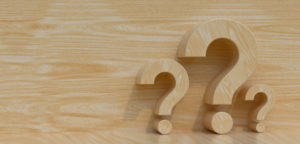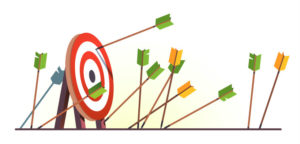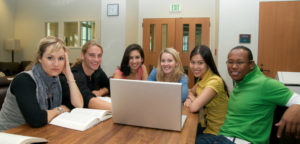
Handouts: The Many Roles They Play in Learning
Last September, we issued a call for information on handouts—how do you use them, how well do they work, what learning goals are they especially well-suited to accomplish? As with previous calls, you responded with an array of examples, advice, insights, and opinions. What’s clear











